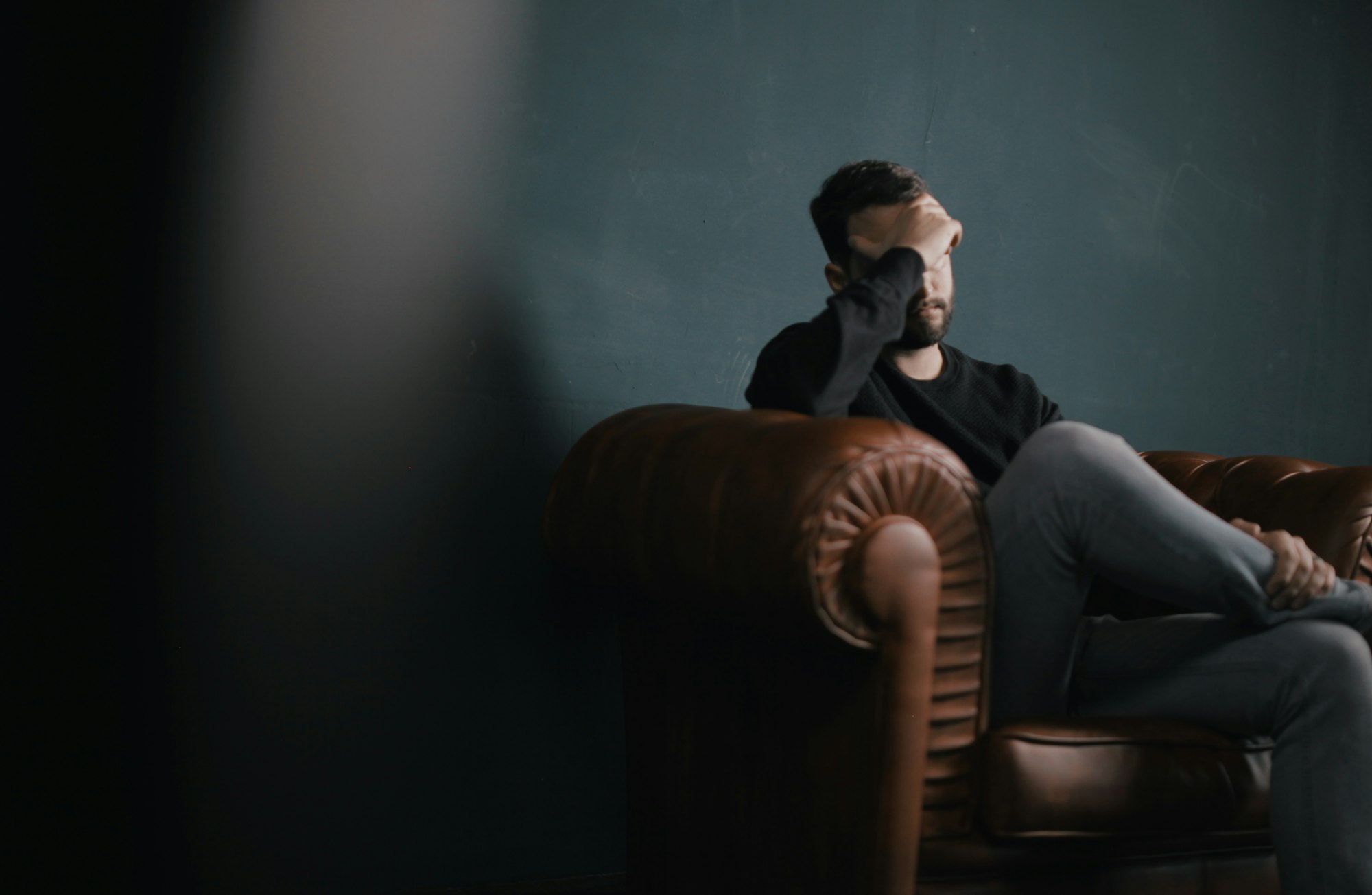While both men, women and gender non-conforming individuals all experience mental illness, the intersection of men and mental health is a particular point of study in the mental health community. The layers of mental illness surrounding men involve stigma, social norms, and varied symptomatology. This causes men to not only seek help less, but have higher rates of suicide across the gender spectrum.
How does stigma affect men? Social norms dictate the hegemonic context in which men must operate. This includes varied shades of toxic masculinity, which are exaggerated characteristics of how men are supposed to act within society. Society’s ideal of men to “act tough”, “man up”, or “solve your own problems” all reduce help-seeking behaviors. This may also account for the lower prevalence of mental illness within men, as society encourages men to be under reporters of their own struggles.
Part of this idealized manhood includes a reluctance to talk about your problems, making therapy or psychiatric services feel like a emasculating action. This reluctance compounds upon itself in other areas, leaving men feeling more isolated and caged in. It’s important to note that six million men are affected by depression each year, with depression and suicide ranked as one of the leading causes of death among men.
Downplaying symptoms is often a significant characteristic of men suffering with mental illness, as are varied symptoms. Men are more likely to develop somatic complaints in relation to mental illness, such as headaches, joint problems, and stomach upset. As the prevailing ideology in society speaks to men about not talking about their problems, symptoms seem to manifest in ways that are more palatable and easier to understand.
So how do we erase stigma for the men in our lives so they have permission to access the healthcare that may save their lives? Education, awareness and transparency are the cornerstones of eroding these false beliefs. When men believe they can fix their problem quickly and keep it moving, it fosters denial. Instead, let’s acknowledge the issue and work towards greater awareness that asking for help is the truest form of strength.
This starts with making mental health statistics around the male experience a part of our public discourse. As stated previously, suicide rates among men have been rising since 2000, with men being four times as likely to complete suicide in the United States. Factors like military-related trauma, loss of occupation, stigma around past abuse and social isolation all work to inform this statistic. Share these facts with the men in your life and make sure to have these conversations with your friends. The public health crisis that is male suicide speaks to the need for conversation.
General education outside of statistics with the men close to you should include treatment options, modalities and types of support available. Understanding different mental health disorders, how they manifest and what to look for is a huge part of identifying how to obtain the right treatment. Arming yourself with resources available in your area, some that may be specific to men, is a great way to show accessibility and normalcy of mental health treatment.
Lastly, be transparent about your own experience! Even if you don’t have a clinical diagnosis, all of us have struggled with our mental health in the wake of life stressors, grief and change. The more we can be open about how those symptoms manifested for us and how we sought relief, the more identification and universality around mental illness will surface.
When do you extend these resources? Keep an eye on the men in your life. Warning signs like change of mood, work performance, weight and physical symptoms can all point towards undiagnosed mental illness. Remember - asking for help is the truest form of strength. We don’t heal on our own, we heal in relationship with those around us.
To really make a dent in the mental health crisis that men face, we must be vocal and vigilant in not only highlighting continued areas of stigma, but also extending our hands in education and awareness. There is hope, there is help. It’s just knowing where to look.
Alexa Cordry, LSW, LCADC
You can follow more of Alexa's insight on Instagram @yoursadtherapist
My Help Connect is a verified, independent & factual community for providers & clients created to easily find the best help possible. Connect with My Help Connect's message through multiple platforms:
Instagram: @myhelpconnect
Facebook: My Help Connect
LinkedIn: Company Page & Member Page

